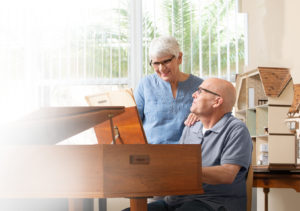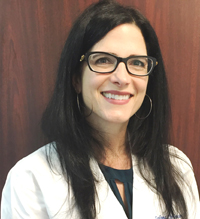At Last, a Plant-Based Supplement for Incontinence That Works! It Really Works!
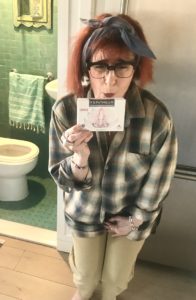 If I was dating, I probably wouldn’t tell a new man about my condition, but otherwise I’m upfront: I have incontinence. How can you ever hope to solve your problems if you keep them to yourself? Happily, the folks who are marketing an exciting new drug-free incontinence treatment invited me to try it after they read one of my blogs. More on that in a moment.
If I was dating, I probably wouldn’t tell a new man about my condition, but otherwise I’m upfront: I have incontinence. How can you ever hope to solve your problems if you keep them to yourself? Happily, the folks who are marketing an exciting new drug-free incontinence treatment invited me to try it after they read one of my blogs. More on that in a moment.
Chances are pretty good that you also have incontinence, along with 43 percent of women 50 to 64 years old and 50 percent over 65. Yet, only about one-third of us talk to our doctors, and continue to suffer in silence. If you’re one of the embarrassed non-talkers, please learn from my experience and hopefully you’ll get relief, too.
After taking a popular incontinence drug for years, I abruptly stopped in 2017 when I read that it increased my risk for dementia. I’d rather lose complete control of my bladder than my mind! I refused to take another popular drug instead since that one would increase my risk for high blood pressure, among other side effects. My pressure is normal. So, I began wearing special padded underwear. Function over glamour, ladies!
Order Femaxeen For a Life-Changing Event
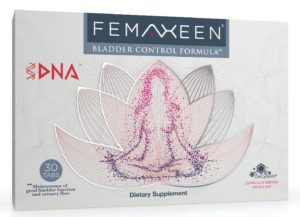 Femaxeen, the new plant-based food supplement that recently hit the market, seemed promising. Seventy-six (of 81) participants in a randomized, double-blind, placebo-controlled study reported “statistically significant improvements” in their incontinence after taking the supplement for 90 days. (Note: Three participants didn’t follow up; and ‘treatment’ wasn’t started in two placebo patients.)
Femaxeen, the new plant-based food supplement that recently hit the market, seemed promising. Seventy-six (of 81) participants in a randomized, double-blind, placebo-controlled study reported “statistically significant improvements” in their incontinence after taking the supplement for 90 days. (Note: Three participants didn’t follow up; and ‘treatment’ wasn’t started in two placebo patients.)
The supplement is formulated with a proprietary cocktail of ingredients that work together to help the bladder function properly and support lower urinary tract health. “Femaxeen is effective on stress incontinence as well as on urge incontinence associated with an overactive bladder (OAB),” said Oscar del Cid, whose company – DNA Biopharm – distributes it in the United States. Monaco-based Axeen Pharma produces Femaxeen. I wasn’t on a date with Oscar, so I talked freely about my bladder.
“Before taking Femaxeen, i didn’t have a sex life. I was like Niagra Falls at night. Thank you for changing that.” – Rhonda D.
A QUICK LESSON IN BLADDER HEALTH
Stress urinary incontinence is the involuntary loss of urine during physical activity, such as coughing, laughing or lifting. This happens when the pelvic floor muscles that support the urethra (the tube carrying urine out of the body) and the urinary sphincter muscle (controlling the flow of urine from the bladder) are weakened or damaged by events including menopause, childbirth, trauma and hysterectomy. (I fit into all but the trauma category.) Of the approximate 18 million people affected, women represent 85 percent. OAB is a sudden, strong and frequent need to urinate occuring when the smooth muscle in the bladder wall (detrusor) destabilizes and involuntarily contracts while the bladder is storing urine. A normal detrusor muscle will relax during the storage phase and will contract when we pee. OAB may be associated with urine leakage if you can’t get to the bathroom in time. Approximately 13 million women are affected by OAB with incontinence. The exact cause is unknown, but it’s thought that risk factors include vaginal birth delivery, age, obesity and chronic constipation.
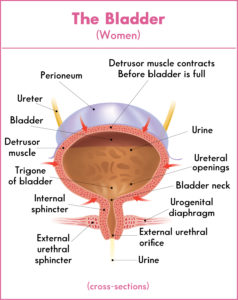 “I had to call you. For the first time in over 10 years I wore skimpier shorts because I didn’t have to hide my diaper.” – Donna B.
“I had to call you. For the first time in over 10 years I wore skimpier shorts because I didn’t have to hide my diaper.” – Donna B.
Our urinary system does its job well when muscles and nerves work together to hold urine in the bladder and then release it at the right time. Nerves carry messages back and forth between the bladder and the brain to signal when the bladder is full and tell muscles when to tighten or release. If these nerves don’t work properly, your bladder won’t either.
Made from UriCyTonin®AFU&I, an exclusive blend of purified pollens extracted from a flower found in Sweden, Femaxeen works with nerves and muscles to support bladder health. The formula also includes pumpkin seed extract for the health of the pelvic floor muscles that control urine flow, and Vitamin E to help protect cells against oxidative stress.
I’ve been taking one Femaxeen tablet daily for the last month – with absolutely no side effects – and can expect to see a marked improvement in my incontinence after about four months, Oscar told me. The results will take longer for women with more severe incontinence, he added. “Many of us want to see results overnight, but the benefits of the formula build up over time,” Oscar stressed. “It’s important to be patient. The outcome will be worth it,” he added.
To inspire us to keep taking Femaxeen, even if we don’t see an improvement as fast as we’d like, Oscar is giving every woman who purchases one or two boxes an equal number of gratis boxes. Shipping and returns are free, too.
 Femaxeen: For a life-changing event
Femaxeen: For a life-changing event
(Enter Fab50 at checkout to purchase one or two boxes and get an equal number of gratis boxes)


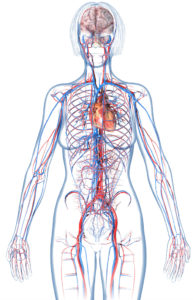 Alarming facts:
Alarming facts:
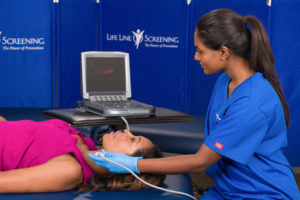 that carry blood from your heart to your head, arms, kidneys, and stomach.
that carry blood from your heart to your head, arms, kidneys, and stomach.  My blasé attitude had troubling consequences.
My blasé attitude had troubling consequences. 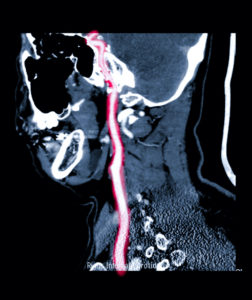
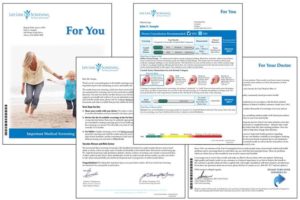 A results package arrives in the mail about three weeks after your screening. It reports on every test you took and on your risk for stroke and cardiovascular disease in general, taking into account factors including smoking, high cholesterol and family history. “We give you all the information we can to help you make lifestyle changes and modifications if you need to,” Dr. Coffee explained. If a major issue such as AFIB is discovered, a Life Line representative will call you directly, rather than having you wait for the results package.
A results package arrives in the mail about three weeks after your screening. It reports on every test you took and on your risk for stroke and cardiovascular disease in general, taking into account factors including smoking, high cholesterol and family history. “We give you all the information we can to help you make lifestyle changes and modifications if you need to,” Dr. Coffee explained. If a major issue such as AFIB is discovered, a Life Line representative will call you directly, rather than having you wait for the results package. 

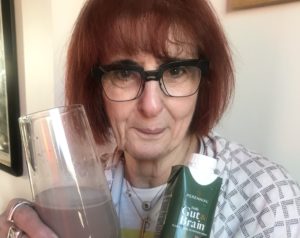 The timing couldn’t have been better to try a new plant-based nutrition drink –
The timing couldn’t have been better to try a new plant-based nutrition drink –



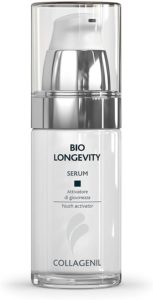 Lakesis, an oil extracted from the sap of a tree in Greece, is the magical anti-aging ingredient in
Lakesis, an oil extracted from the sap of a tree in Greece, is the magical anti-aging ingredient in 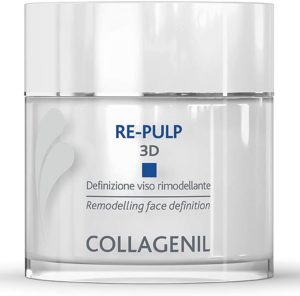 The microspheres of hydrating and plumping hyaluronic acid and botanical molecular complex in
The microspheres of hydrating and plumping hyaluronic acid and botanical molecular complex in 
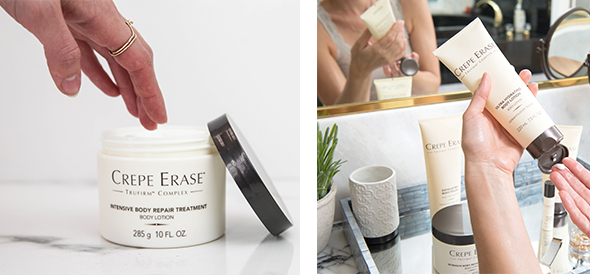

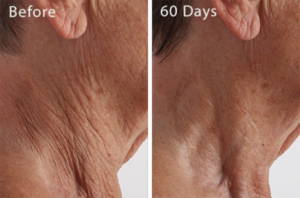

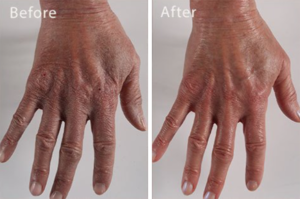
 Medical schools – even elite institutions – give little attention in their curriculum to the menopausal transition in our lives, not to mention to our emotional well being in general. Many gynecologists give short shrift to older patients’ distress about everything from trouble sleeping to weight gain, hot flashes to night sweats, declining libido to painful sex.
Medical schools – even elite institutions – give little attention in their curriculum to the menopausal transition in our lives, not to mention to our emotional well being in general. Many gynecologists give short shrift to older patients’ distress about everything from trouble sleeping to weight gain, hot flashes to night sweats, declining libido to painful sex.  But, up until now, finding a true MM was no easy exercise. Google
But, up until now, finding a true MM was no easy exercise. Google
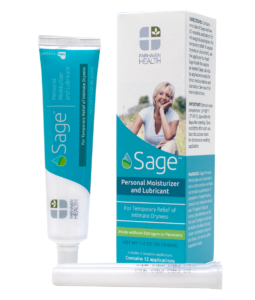 I gratefully thank Ethan Lynette, partner, and Suzanne Munson, VP of product development, at
I gratefully thank Ethan Lynette, partner, and Suzanne Munson, VP of product development, at 






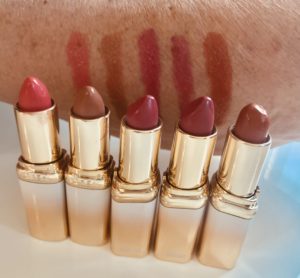
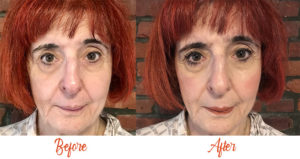

 Available to any of us between 50 and 75 years old,
Available to any of us between 50 and 75 years old,  And how nice to be able to relieve our adult children of a possible burden. According to a
And how nice to be able to relieve our adult children of a possible burden. According to a  Choosing “yes” guarantees that you’ll get back at least what you put in, no matter what. If you die before your target payout age, 100% of the premiums you’ve paid to that point will be returned to your beneficiary. However, your payouts will be smaller if you do reach your target payout age.
Choosing “yes” guarantees that you’ll get back at least what you put in, no matter what. If you die before your target payout age, 100% of the premiums you’ve paid to that point will be returned to your beneficiary. However, your payouts will be smaller if you do reach your target payout age.
 To determine your own estimated monthly payouts based on your current age, gender, monthly payments, payout age and return of premiums, visit the
To determine your own estimated monthly payouts based on your current age, gender, monthly payments, payout age and return of premiums, visit the 